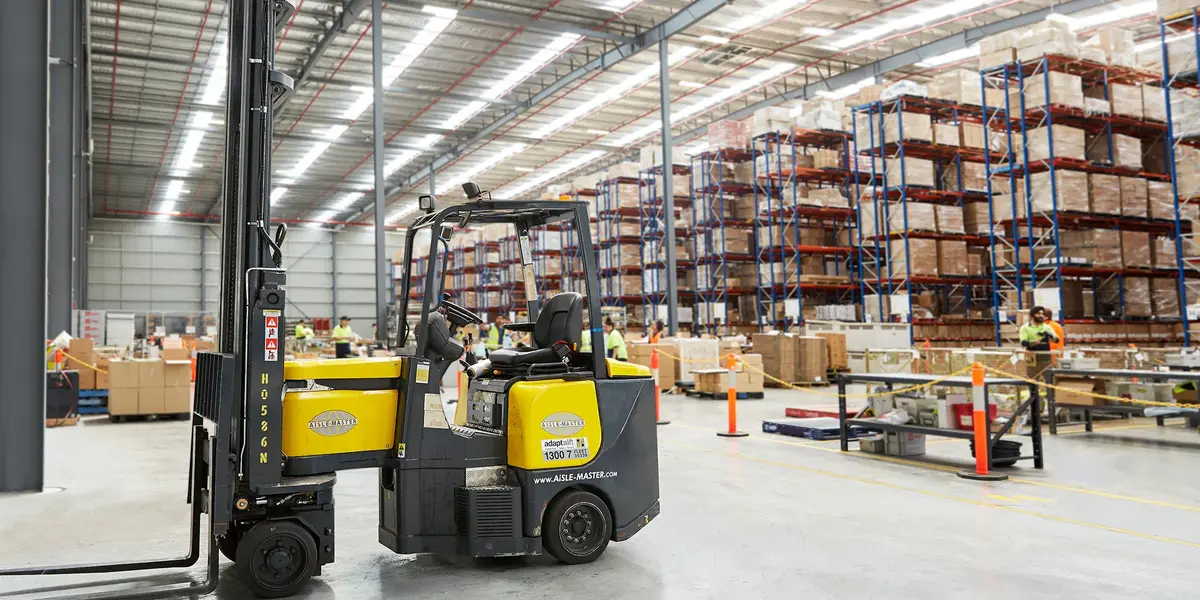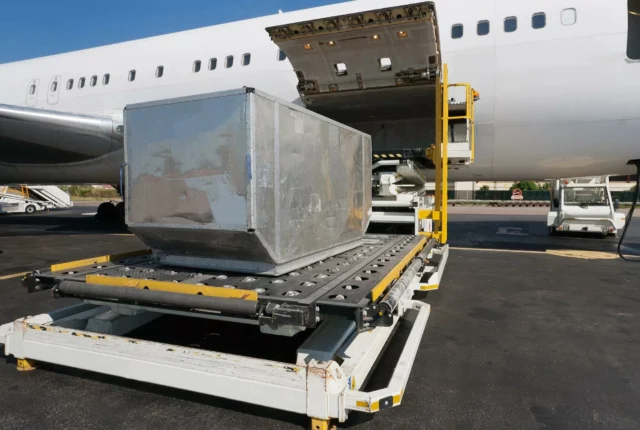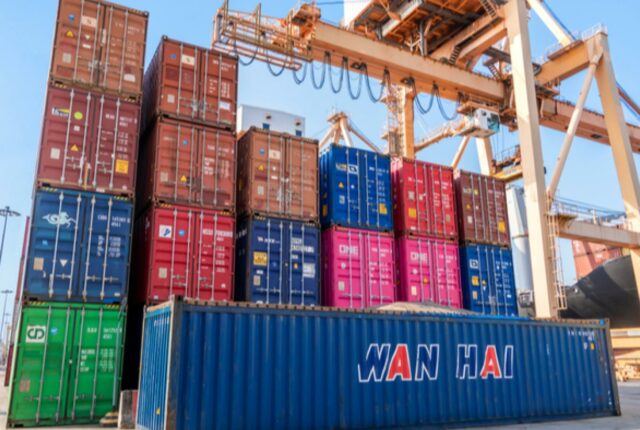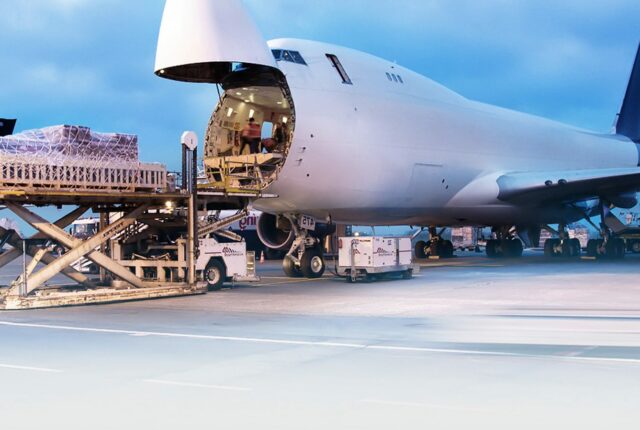
Australia’s Warehousing Capacity: Meeting Rising Demand
Warehousing plays a crucial role in Australia’s supply chain, acting as the backbone for the smooth movement of goods across industries. Whether it’s for retail, manufacturing, or food distribution, warehouses store and manage the flow of products.
Over the past decade, Australia’s demand for warehousing space has surged, spurred by factors like booming e-commerce and urban growth. But as this demand continues to rise, is Australia’s warehousing capacity equipped to handle the load?
The Rising Demand for Warehousing in Australia
Australia has seen an unprecedented increase in the need for warehousing, driven by a mix of factors. E-commerce growth, faster delivery expectations, and population expansion have all played a role in creating this demand.
Moreover, businesses are becoming more reliant on warehousing to store products closer to consumers, ensuring they can meet the fast-paced demands of today’s market.
Impact of E-commerce on Warehousing Needs
The rapid growth of E-commerce has fundamentally transformed the warehousing landscape in Australia. With more Australians turning to digital platforms for their shopping needs, retailers and logistics providers are racing to secure more storage space.
The shift towards same-day and next-day delivery models, popularized by giants like Amazon, has only intensified this need. Warehouses today must be able to store large amounts of stock while also being optimized for speed, ensuring that orders can be packed, processed, and shipped efficiently.
Population Growth and Urbanization
Australia’s population growth, particularly in urban centers, is another significant factor. Cities like Sydney, Melbourne, and Brisbane are expanding rapidly, leading to increased demand for goods and services.
Warehouses need to be strategically located near these urban hubs to ensure quick and cost-effective delivery. However, this also creates a challenge as real estate in these areas becomes more expensive and harder to come by.
Challenges Faced by Australia’s Warehousing Industry
While the demand is clear, Australia’s warehousing sector faces several challenges:
- Space limitations: In major cities, land suitable for warehousing is becoming scarce.
- Real estate prices: The cost of acquiring land for new warehouses is rising, especially in high-demand areas.
- Labor shortages: The industry is also grappling with a shortage of skilled labor, making it harder to meet the growing operational needs. Automation could offer some relief here, but it requires significant investment upfront.
Warehouse Locations: Where is Demand Rising the Most?
Demand for warehousing is particularly high in Australia’s major cities. Sydney, Melbourne, and Brisbane lead the pack due to their large populations and thriving economies.
However, as prices soar in urban centers, businesses are increasingly looking towards regional and rural areas. These areas offer more affordable land, though they come with their own set of logistical challenges, like longer transportation times.
Warehouse Size: Bigger is Better?
One of the trends emerging from the rising demand is the shift towards larger warehouse facilities. Bigger warehouses allow companies to store more products in one location, streamlining distribution and cutting down costs.
Some companies are even exploring multi-story warehouses, a relatively new concept in Australia but one that could become more common in space-constrained urban areas.
Technology and Automation in Warehousing
To cope with increasing demand, warehouses are turning to technology. Automation is revolutionizing how warehouses operate, from robotic picking systems to AI-driven inventory management. Technologies like the Internet of Things (IoT) are helping warehouses run more efficiently, providing real-time insights into stock levels and operational performance.
Government Regulations and Policies
Government policies and regulations play a key role in warehousing development. Zoning laws, for instance, dictate where warehouses can be built, and tax incentives can encourage companies to invest in expanding their facilities. Governments are also starting to recognize the importance of warehousing in supporting the economy, leading to more targeted policies aimed at supporting industry growth.
Future Trends in Warehousing
Looking ahead, a few trends are likely to shape the future of warehousing in Australia:
- Micro-warehousing: Small, urban warehouses designed for quick local deliveries are gaining popularity as consumers demand faster shipping times.
- Distribution hubs: As cities continue to grow, we may see more distribution hubs located on the outskirts, where land is more affordable, but close enough to serve urban populations.
Australia’s warehousing capacity is at a crossroads, with rising demand pushing the industry to innovate and expand. While there are clear challenges, such as space constraints and labor shortages, the adoption of technology and a focus on sustainability are paving the way for future growth. As businesses continue to invest in warehousing and distribution solutions, Australia’s logistics network is set to evolve and meet the needs of a rapidly changing market.
FAQs
Why is there a growing demand for warehouse space in Australia?
The demand is being driven by factors such as e-commerce growth, urbanization, and the need for faster delivery times.
How is e-commerce influencing warehousing in Australia?
E-commerce has significantly increased the need for warehousing, especially for fast-moving consumer goods, as more Australians shop online.
What are the challenges in expanding warehousing capacity?
Major challenges include space limitations in cities, rising real estate costs, and labor shortages, which are impacting the speed of warehouse expansion.






